The League’s director of land protection reflects on two years of pursuing the protection of the 3,100-acre Lost Coast Redwoods and 5 miles of California coast
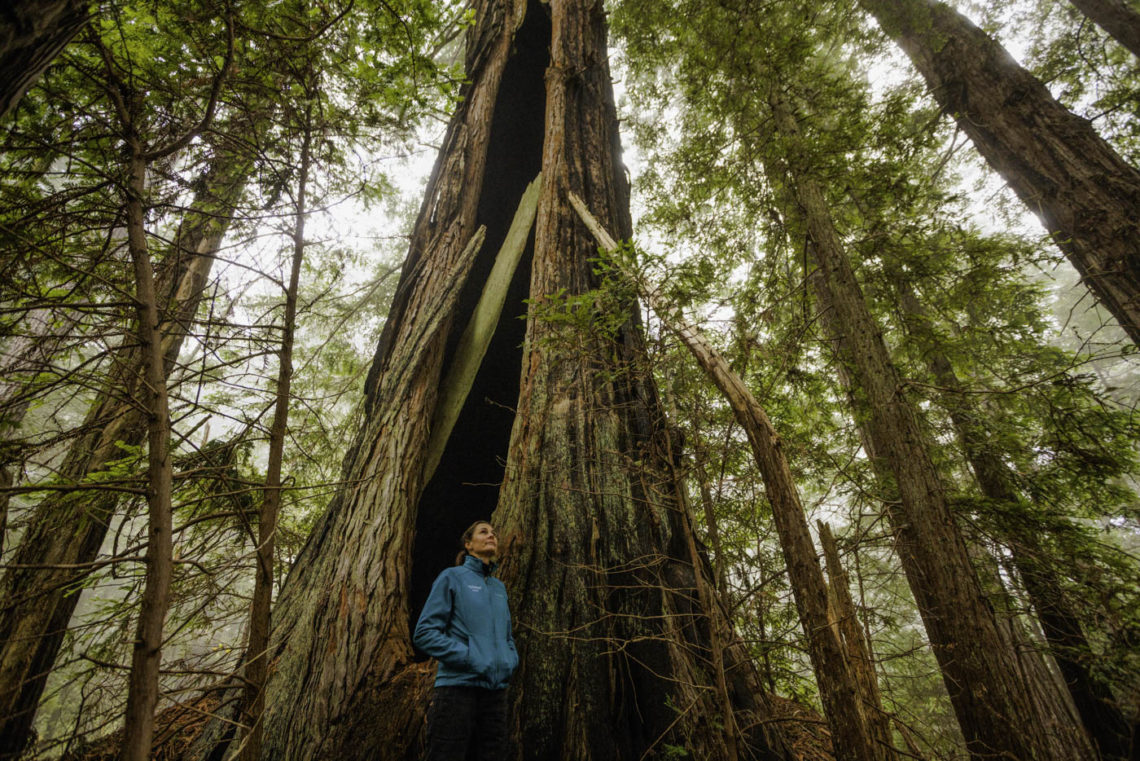
Two years ago, the League started a journey that I honestly was not sure would pan out. We got wind that Soper Company was selling some of its California properties, including a key landscape in Mendocino County called DeVilbiss Ranch, which they were managing for commercial timber production. This 3,181-acre property on the southern end of the Lost Coast features 2,250 acres of coast redwood forest and 5 miles of scenic coastline adjacent to a Marine Protected Area. Directly south of the League’s Shady Dell property, which abuts Sinkyone Wilderness State Park, the property is a huge puzzle piece to extend the Lost Coast Trail and potentially connect those lands to the League’s Cape Vizcaino property to the south.
Needless to say, I was thrilled about the opportunity! Not only would we get to protect the forest from future timber harvesting, but we would also safeguard a stretch of the California coast that had been private for more than a century and potentially give people access to it. Not to mention, we would be able to restore old-growth characteristics to the forest, providing healthy habitats for many plant and wildlife species and ecosystem benefits across the landscape into the future.
I visited DeVilbiss Ranch with my small but mighty land protection team and our restoration, stewardship, and science colleagues in November 2019. That was it. We were sold. The sustainably managed forest was healthy and lush with large coast redwoods, Douglas fir, and grand fir—ready to grow back into the old growth of the future. I was impressed by how Soper Company manages its land; for example, it invests in reforestation, practices long-rotation forestry (meaning trees are allowed to grow older in between harvests so that they can provide good habitat), and ensures the forest canopy stays intact.
Walking along the well-kept logging roads with the staggering deep blue of the Pacific Ocean staring me in the face, my eyes would lose sense of where the water ends and the sky begins. The forest to the other side of me looked just as boundless. “All of this needs to be protected,” I said to myself over and over again.
Then, the global pandemic hit. And suddenly so much was uncertain—not just around this conservation opportunity and the economy, but also in our lives and our communities. Despite all of the challenges, we held onto hope that we would be able to protect this place. And with a lot of patience and persistence, that day did come. We acquired and protected this place that we now call Lost Coast Redwoods.
At the League, we have a vision for landscape-scale conservation. This type of conservation aims to ensure that the interests of different stakeholders are met, instead of focusing on a single use of the land. It supports communities, the economy, as well as the wildlife and natural resources of an area. Lost Coast Redwoods has so much to offer in service of these objectives, and we are so proud to have protected it. We look forward to the next phase of this journey and to holding conversations with local communities to help inform a long-term vision for respectfully interacting with and caring for this land.
Meanwhile, there are more than 1 million acres of privately owned coast redwood forests, many of them managed for commercial timber production. We continue to pursue thousands of acres of land acquisitions and advance negotiations with key landowners to substantially shift the balance between commercially harvested land and protected land. As I like to say, we’re playing the long game. And I know firsthand that it pays off.

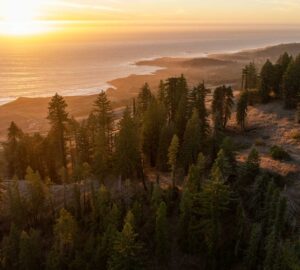
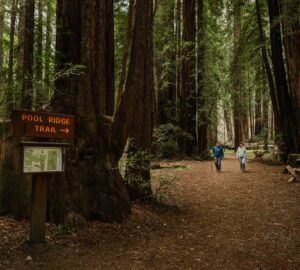
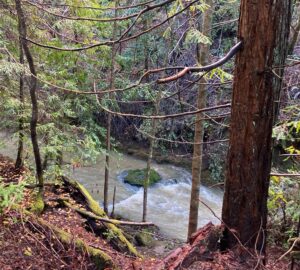
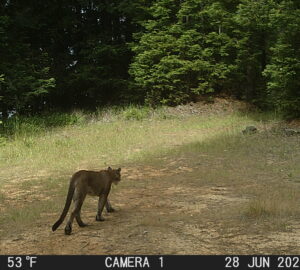
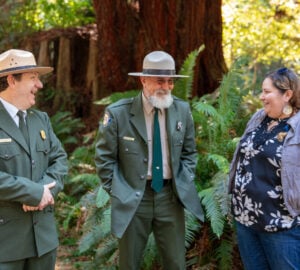
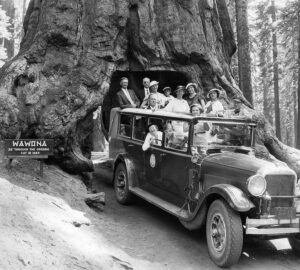
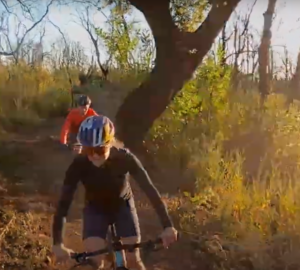
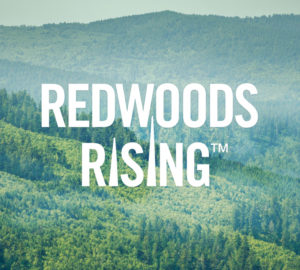
2 Responses to “Protecting a rare forest and a California coastline during a global pandemic”
Eye Heart
I am also interested in when this area may be accessible. I am available to volunteer for trail work.
Carol Alliger
When do you think this land will be open for hiking and public access?